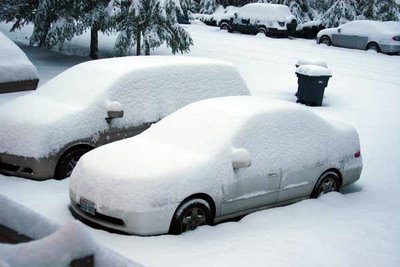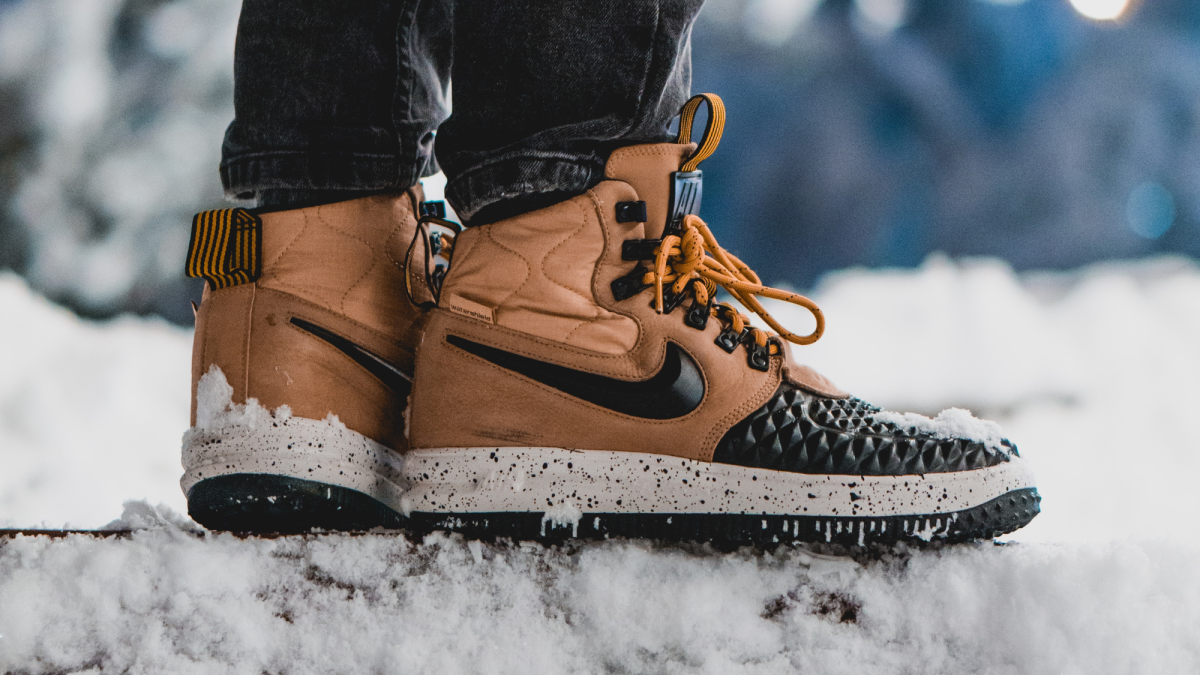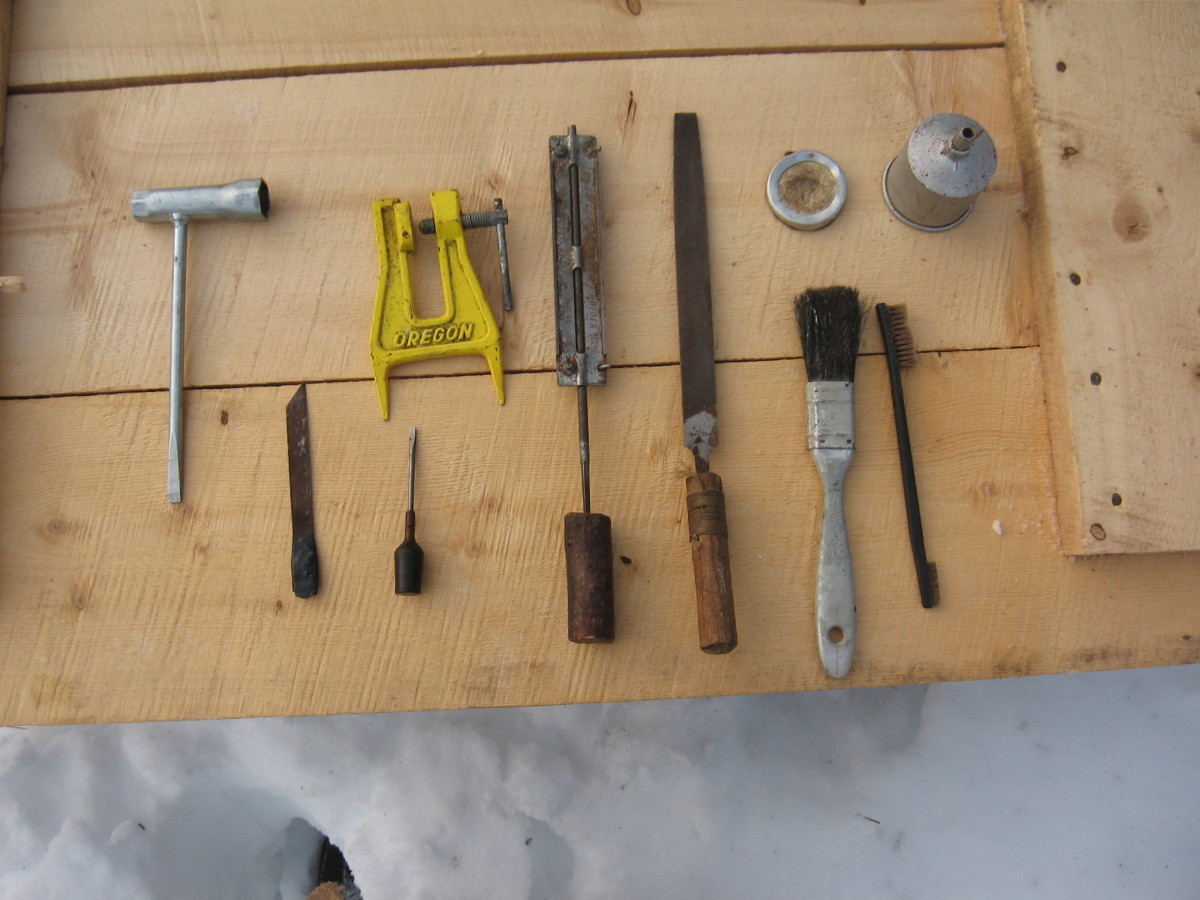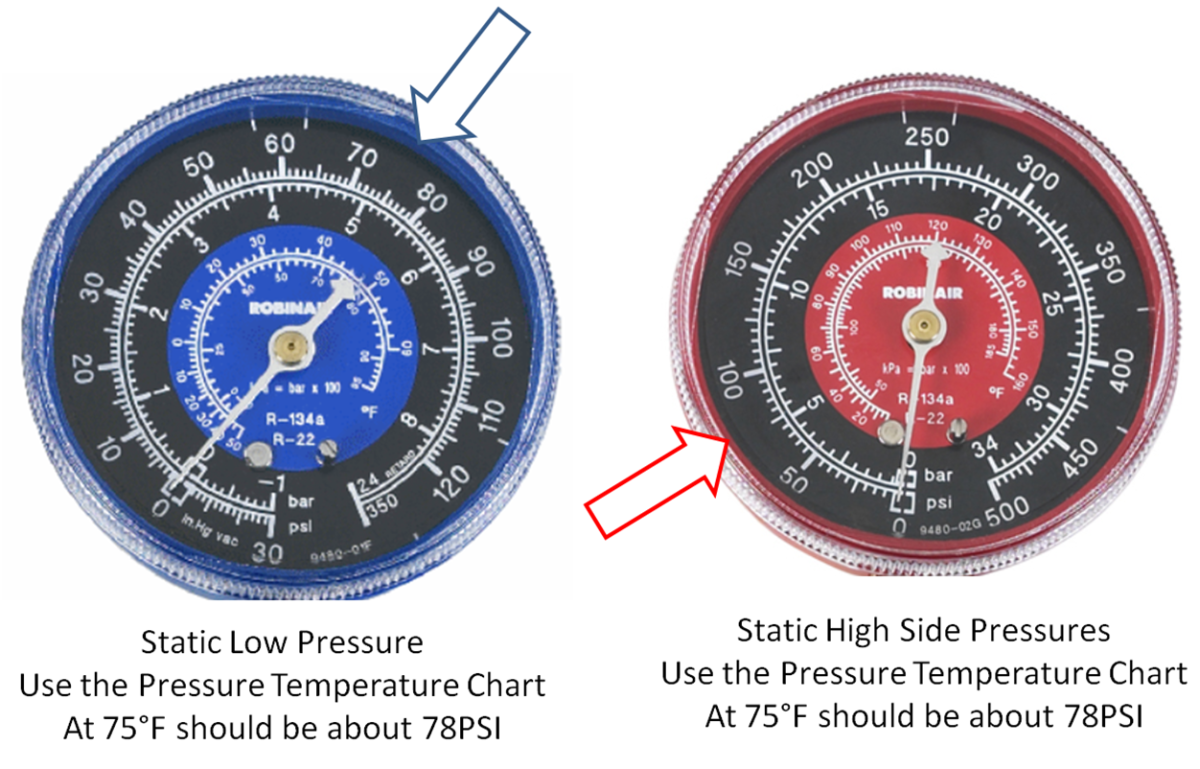Driving in Cold Weather
Firstly Prepare Your Car For The Winter Months
Your car engine in the winter takes much more time to get at that right normal working regime than in milder seasons.
Inspecting and preparing your car firstly for the winter months ahead will give you a trouble free cold season.
Your driving skills when snow and ice are present has to change to a much more preventive driving attitude.
Car Preparation Tips
- Radiator awareness means reading the label on your antifreeze to be sure you make the right blend of water and antifreeze if it needs to be mixed with water.
- Depending on how harsh your cold winter months are, some anti freeze nowadays do not need mixing with water. Just on the side, any water you put wherever on the car, radiator, battery, windshield wiper, should always be distilled water. Antifreeze keeps your radiator from freezing and bursting in those cold winter nights.

Usefull Information
- Dealing With Car Trouble On The Road
Dealing With Car Trouble On The Road-Car Trouble Car maintenance. Avoiding car trouble first of all takes a bit of inspecting your car regularly and simple maintenance. Get your car checked before you set out on a long journey by a mechanic if you do - Driving in Hot Weather
Driving in Hot Weather - Driving in Hot Weather, inspecting the radiator fluid level and checking for leaks and seeing that the oil level is at its point is just not enough to save you headaches when driving in hot weather. Theres quite a bit more t - Smart Car Maintenance
Smart Car Maintenance - The average life expectancy for most essential parts on your car depends on origin, lot components, brand and quality. When you drive off with your brand new car, all of the components fit in from factory will be the ones that
- The battery on your car needs three to four times more starting power in winter than in summer. Have a complete battery draw and load test done. If your battery fails the test but still in reasonable condition, a recharge may save it for another year or so, or else buy a new one.
- A windshield washer fluid is crucial to prevent freezing of ice on the windshield. Get premixed market fluid that does not freeze at -20c or more. Check that the hoses are clear and clean the washer injector nozzles with a thin piece of wire carefully not to damage the nozzle or with some de-calcifying cleaning spray. Test that they are spraying evenly and not over the car.
- The electrical system should be inspected to ensure the distributor cap, points, condenser ignition coil, spark plugs, and spark-plug cables are in good shape. A bit of spray of WD 40 will help. On hoses and belts, if you see any cracking replace them.
- Coming to tires, if you have all season tires, be sure the tread is still good and with deep grooves in the tread to give you traction on slippery roads, or else put on snow tires. If you have a front-wheel drive car the snow tires go on the front, but it´s best to put snow tires on all fours.
- Store the summer tires on their sides, lying down and not on the tread because storing on the tread causes a flat spot and an unbalanced tire. In the windshield you can apply antifogging spray on the inside.
- Some extra basics that you should have in your car in case it breaks down in the winter like a tin mug and a candle and matches or a lighter to melt snow for water and warmth in case of a long wait for rescue.
- Chocolate bars can keep your appetite down, reflector jacket, triangle, flashlight, strobe light, flares can help assistance find you. Remember to keep a bag of salt and/or sand in the trunk in case you get stuck.
Winter Driving
- Driving in winter requires extra attention with snow and freezing conditions. When you´re out on the road full of snow and ice driving slower than you would normally is your best option.
- On snow or on ice you cannot accelerate as fast as in normal conditions. This of course goes the same for stopping.
- Continual road traction is important in winter driving especially when you need to brake, do not hit the brake pedal to strong, you will lose traction. Pressure on the brake pedal should be applied lightly and progressively slow to maintain good traction.
- Always give more distance to the car in front of you as a safety, you never know when they are stopping or turning.
- When making turns use that steering wheel slowly and very steadily making sure you had beforehand eased on the gas pedal. Turning to fast will get you in a skid.
- In case of a skid, always remain calm and don´t turn the steering wheel in the opposite direction, you´ll make things worse. A skid is a loss of traction, so you want in this situation to regain your traction back. Do steer into the skid to gain control of the car and slowly get your car back on track.









